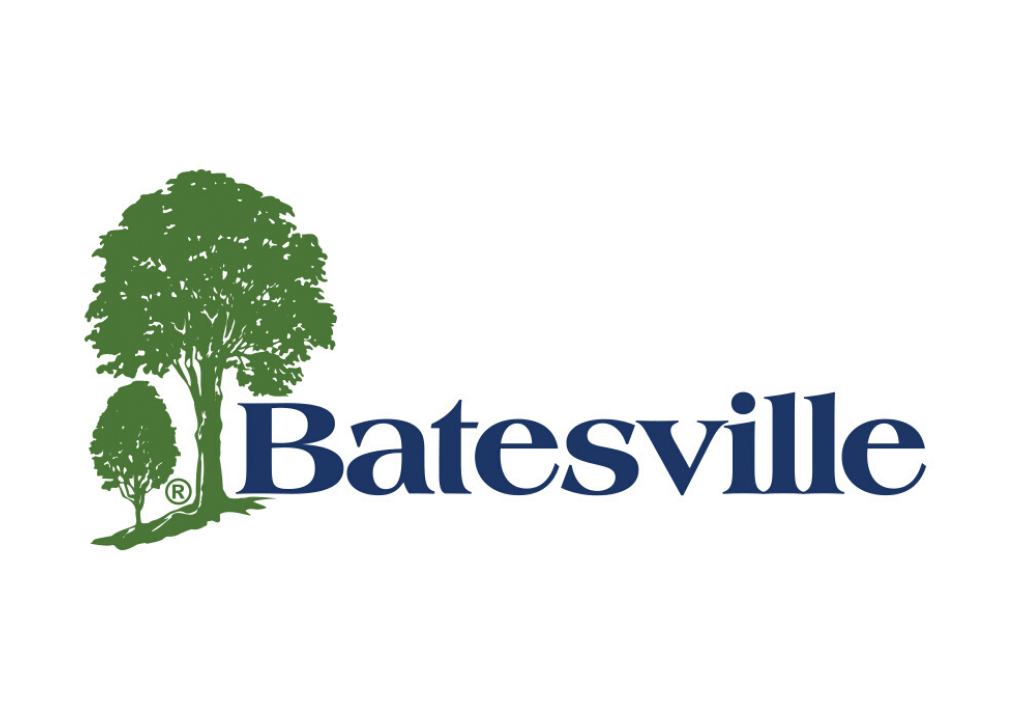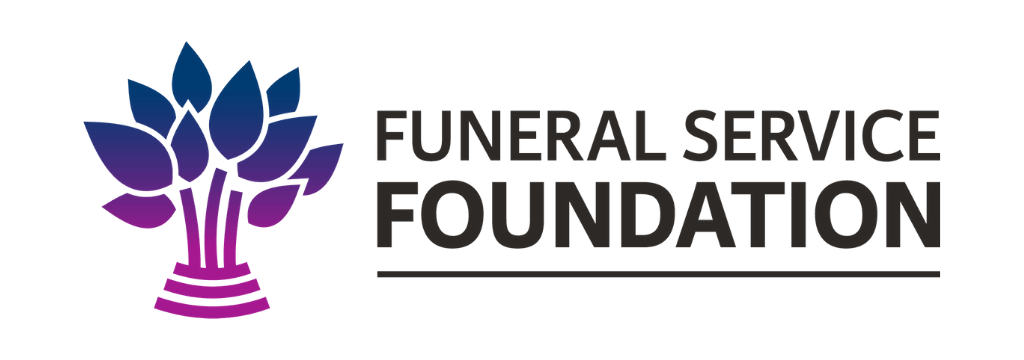Japan's Mortuaries Struggle to Cope With 14,700 Bodies from Quake, So Far

SENDAI, Japan — Cars are strewn around like toys. A month after the quake, crews were still searching the cars and afterward marking them with a red X. Temporary graveyards have been established to hold bodies in coffins for up to two years. And people who do not normally work as undertakers have been drafted into service.
More than 14,700 bodies have been recovered in the wake of northern Japan’s March 11 earthquake and tsunami. Another 11,000 are still missing.
Many mortuaries and crematoriums were damaged or destroyed in the disaster. Those still functioning are overloaded.
As a consequence, many who died have not yet been laid to rest. Most Japanese are cremated and the crematoriums are backlogged.
Takafiami Kamaguchi, 35, worked in the tax department in Higashimatsushima City Hall. After the tsunami, he was ordered to oversee a temporary burial ground in the hills north of the city. The spot is next to a recycling plant and was the site of a trailer-size pet crematorium before the land was cleared to create a grim plateau with 720 graves dug in rows. A pet shrine stands next to the prefabricated cemetery office.
On a mid-April afternoon, a group of workers leveled the dirt on two graves where caskets had just been buried. A man and two young children stood and then kneeled before the vertical wooden marker at one gravesite. A second small knot of people stood at another, two rows away. Almost all the graves were adorned with plastic flowers and open containers of the loved one’s favorite drink.
Kamaguchi said he had never dealt with grieving families before.
“I just explain about how the system works,” he said. “If they have questions, they ask me. It’s not so hard.”
Things were more stressful for Yukio Fukuda, 63, who owns a mortuary in Natori, just south of Sendai. His staff had been working long hours and weekends since the earthquake.
An assistant at Berko Natori funeral home stands watch over multiple caskets. It is Japanese tradition to set favorite foods and drinks near the bodies of loved ones, but because of the large numbers, the items are being placed directly on the caskets.
“There’s no space to put the food and other things,” mortuary owner Yukio Fukuda says. Fukuda said the normally two- to three-day funeral event has been shortened to a single day. Rooms in his funeral home usually hold one casket each.
But on a mid-April day, 22 caskets were set up in a single room.
An increased demand on flowers has meant that the funeral wreaths on top of the caskets are smaller, Fukuda said.
“We’re used to doing two to three funerals a day,” he said. Now they are doing as many as 10. In the month after the tsunami, he held services for 355 people, 327 of them from the tsunami. At one point, he ran out of coffins.
Workers from other funeral homes and crematoriums have come in to help. Fukuda said in the first month after the disaster, none of his workers got a day off. In addition, they are dealing with their own issues of damage and recovery.
“I still don’t have gas at home,” he said. “Some staff still don’t have electricity or water. The staff has been very stressed



